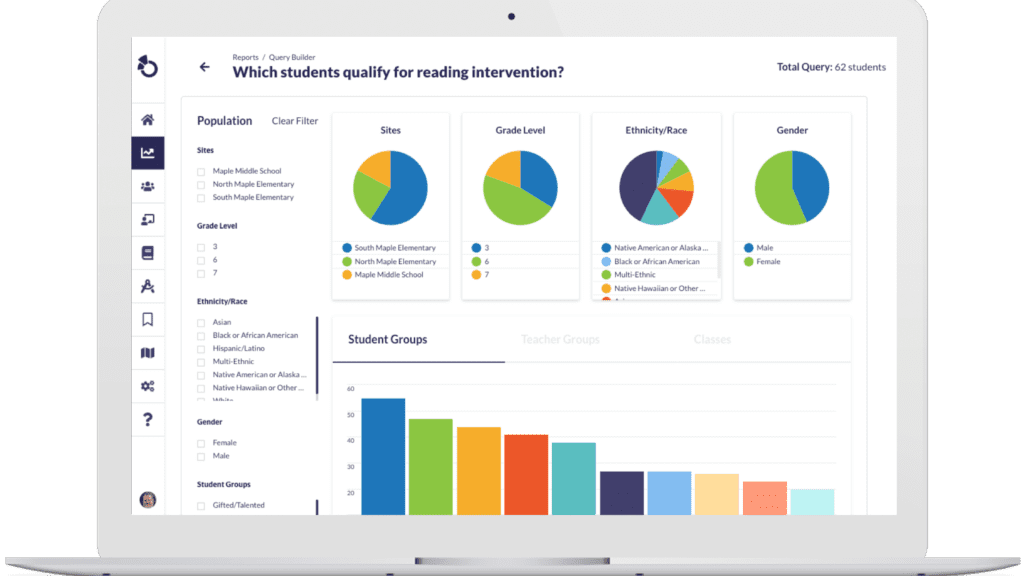Promoting Equitable Discipline: Understanding Disparities Between ELLs and Non-ELLs
By: David Specht
Creating a fair and equitable educational environment requires ongoing commitment and reflection from educators. Among the many facets to consider, one area that is often overlooked but plays a vital role in shaping the school experience is discipline. An important question for educators to consider is, "Are discipline rates similar between English Language Learners (ELLs) and non-ELLs at my school?"
The Impact of Discipline Disparities
English Language Learners, who are learning to balance new linguistic and academic demands, may face unique challenges that impact their behavior and interactions. These challenges, however, should not translate into higher rates of discipline compared to their non-ELL peers. A disparity in discipline rates could indicate bias or an inequitable approach to disciplinary measures, significantly impacting ELL students' educational outcomes and overall school experience.

Analyzing Referral and Suspension Rates
To understand if such disparities exist, it's crucial to analyze referral and suspension rates. This analysis involves looking at the total number of discipline referrals and suspensions, the reasons behind these disciplinary actions, and the proportion of ELL students compared to non-ELL students involved.
Significantly higher discipline rates among ELL students could suggest a need to revise the school's approach to discipline. It might involve incorporating more culturally responsive discipline practices, addressing potential language barriers in the implementation of discipline, or offering additional support to ELL students.
Otus: Equitable Practices at Your Fingertips
Here’s where Otus comes into play. Otus helps answer your questions about discipline practices by providing one place to visualize all student data. This ensures that you have clear insights to confidently make decisions for your district.
With Otus, educators can monitor and analyze discipline data across different student groups. The platform enables educators to track and visualize discipline incidents involving ELL and non-ELL students, identify patterns or disparities, and investigate potential causes.

Otus Query reports provide a detailed breakdown of student demographics so educators can better understand the background and needs of students who may be above or below specific benchmarks.
Otus also provides a collaborative platform where educators can communicate and develop strategies to address identified disparities. Schools can implement and monitor the effectiveness of restorative justice practices, social-emotional learning strategies, or other proactive, equitable approaches to discipline.
Furthermore, Otus allows educators to integrate academic and non-academic data, offering a more holistic view of students. This can help identify any correlations between academic struggles and higher discipline rates, particularly among ELL students.
Ensuring discipline practices are fair and equitable is an essential part of creating an inclusive learning environment. Watch the video below to learn how you can answer the question “Are discipline rates similar between ELLs and non-ELLs?” using Otus.
Related Resources
Request a demo!
See exactly how Otus can help your school accelerate student growth and improve student outcomes – all while saving educators time.





